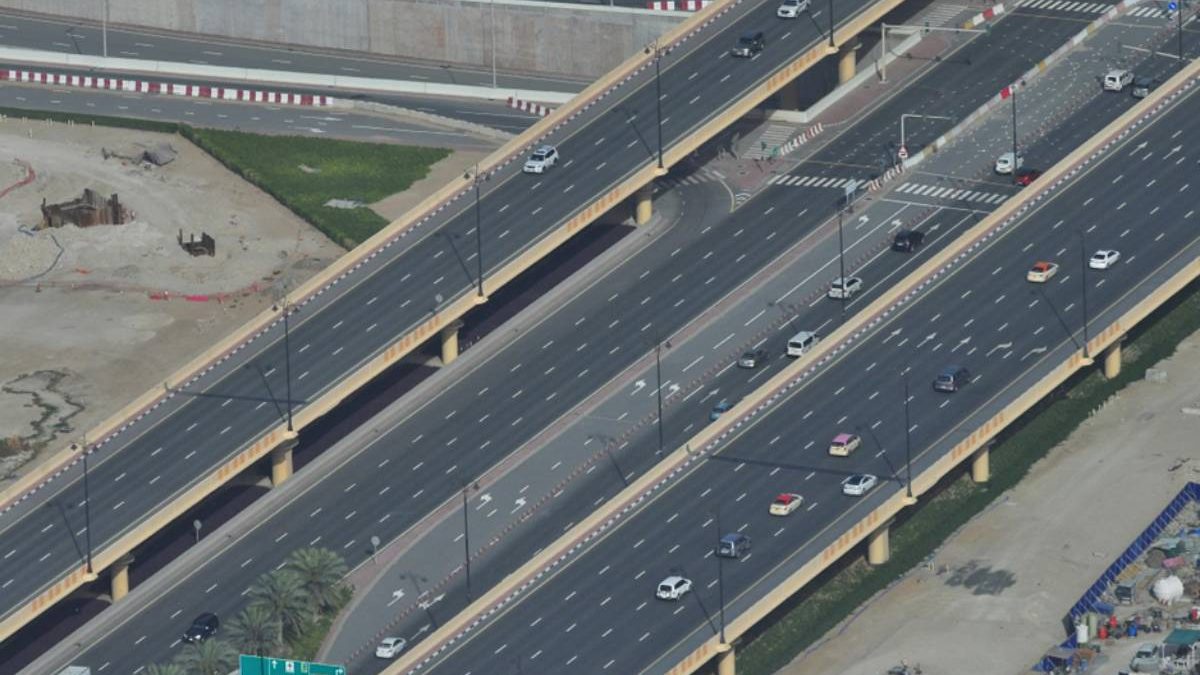As we hit the road in our modern vehicles, it’s easy to overlook the intricate network of communication happening beneath the hood. This network, the backbone of our cars’ functionalities, has evolved significantly over the years. From the simplistic systems of the early automotive era to today’s complex in-vehicle networks, this evolution mirrors the technological advancements of the age. Let’s buckle up and take a ride through the history and innovation of in-vehicle networking solutions.
Table of Contents
A Journey from Simplicity to Complexity
In the infant days of automotive design, vehicles were mechanical beasts, devoid of any need for in-vehicle networking. However, as vehicles became more sophisticated, incorporating electronic features for better performance, safety, and comfort, the necessity for an internal communication system became apparent. The introduction of electronic control units (ECUs) marked the first step into in-vehicle networking, laying the groundwork for more intricate systems that would follow.
Ethernet Takes the Wheel
The latest significant shift in in-vehicle networking is the adoption of Automotive Ethernet. Offering speeds up to 1 Gbps, Ethernet technology is poised to revolutionize vehicle networks by supporting faster data transmission and facilitating the integration of complex features such as infotainment systems, advanced navigation, and real-time diagnostics. This leap in technology underscores the growing demand for high-speed data transport in vehicles.
For those interested in a deeper understanding of how automotive Ethernet technology is driving advances in in-vehicle communication, enabling faster data transfer rates and improving safety features, exploring authoritative sources can provide enriching insights.
Addressing Environmental Concerns
As the automotive industry continues to evolve, so too does its approach to environmental sustainability. Modern in-vehicle networking technologies play a crucial role in this shift, enabling more efficient vehicle operation and supporting the integration of electric vehicles. By facilitating better data collection and analysis, these networks help optimize energy consumption and reduce emissions, contributing to a greener future for the automotive sector.
The CAN Revolution
The Controller Area Network (CAN) protocol, introduced in the 1980s, was a game-changer. It allowed various ECUs within the vehicle to communicate with each other without needing a central computer. This reduced wiring complexity significantly, improving reliability and performance. CAN became the backbone of in-vehicle communication, supporting a wide array of functionalities including engine management, airbags, and antilock braking systems.
The Role of Innovation and Challenges Ahead
The relentless pace of innovation in in-vehicle networking solutions is not without its challenges. Issues such as cybersecurity, interoperability, and the management of complex systems present significant hurdles. Yet, the potential benefits, including enhanced safety, efficiency, and an enriched in-vehicle experience, drive the industry forward, ensuring that the journey of in-vehicle networking will continue to be a riveting one.
Entering the Era of FlexRay
As vehicles embraced more sophisticated features like advanced driver-assistance systems (ADAS) and autonomous driving capabilities, the limitations of CAN started to emerge. This led to the development of FlexRay. Offering higher data rates and more reliable data transmission, FlexRay was designed to accommodate the increased demand for bandwidth and safety in modern vehicles.
Empowering Vehicle Diagnostics
One pivotal aspect of emerging in-vehicle networking technologies is their ability to empower advanced diagnostics and predictive maintenance. Through more sophisticated networks, vehicles can now monitor their health in real time, alerting drivers to potential issues before they become problematic. This shift not only enhances vehicle safety but also contributes to better maintenance scheduling, reducing the risk of unexpected breakdowns and costly repairs.
The LIN Complement
In addition to CAN and FlexRay, the Local Interconnect Network (LIN) protocol emerged to serve as a cost-effective complement for managing simple low-speed communication tasks within vehicles, such as controlling windows and mirrors. This hierarchy of networks allowed for a more organized and efficient in-vehicle communication system.
Enhancing Passenger Experience
The impact of in-vehicle networking extends beyond vehicle performance and maintenance; it also significantly enhances the passenger experience. With the introduction of high-speed networking solutions like Automotive Ethernet, passengers can now enjoy seamless connectivity and entertainment options. Streaming services, real-time traffic updates, and enhanced navigational aids are just a few examples of how in-vehicle networking improves the journey for everyone on board.
The Future Roadmap
As we peer into the future of in-vehicle networking, several trends point to further exciting advancements. The integration of wireless communication technologies, such as Wi-Fi and 5G, into in-vehicle networks promises to enhance connectivity with external devices and infrastructure, paving the way for new features like vehicle-to-everything (V2X) communication. The evolution towards more centralized and software-defined architectures represents another frontier, potentially transforming how vehicle functionalities are managed and updated.
Conclusion
The evolution of in-vehicle networking solutions is a testament to the remarkable journey of automotive technology. From the rudimentary systems of the past to the sophisticated networks that now underpin our driving experiences, this progression reflects the broader trends in technological innovation. As we navigate the future, the road ahead for in-vehicle networking looks as exciting as the vehicles that will traverse it. With each advancement, we inch closer to realizing the full potential of automotive technology, ensuring that our vehicles remain not only modes of transportation but bastions of innovation and connectivity.


